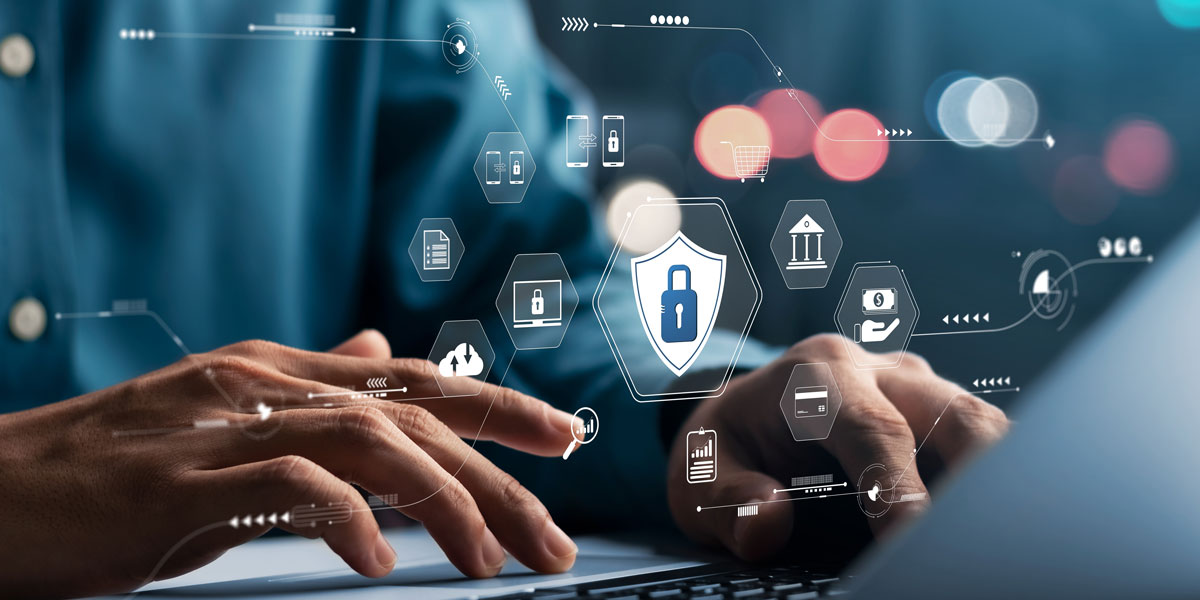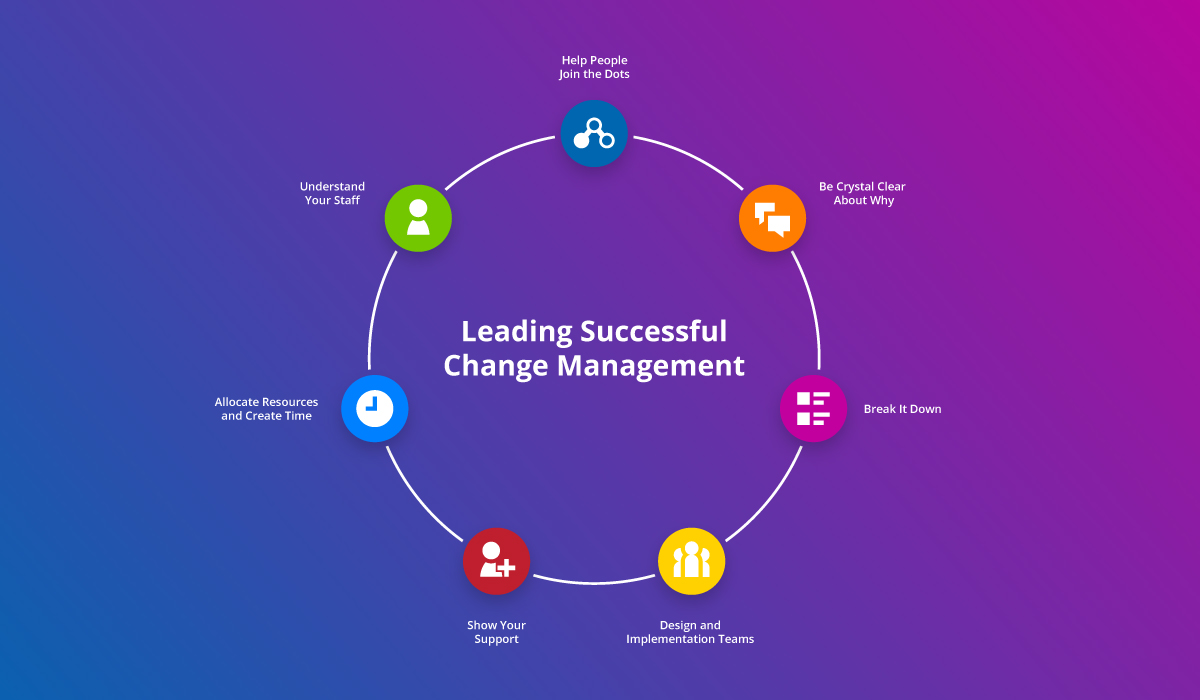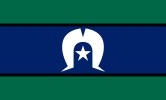In a time where schools face shutdown or closure, the alternative of enabling remote learning is of utmost concern.
Distance learning is not a new concept, certainly in countries like Australia, universities and distance education providers have been delivering curriculum externally for years.
However, when considering remote learning for K-12 schools in light of a shutdown, that is not a challenge to be taken lightly. You’ll need to consider what systems your school has at its disposal, how you can rapidly deploy platforms that can be accessed remotely, and whether your staff and students require training.
Take a breather and consider two or three key digital platforms that your school can utilise so you can continue delivery of quality teaching anytime, anywhere, no matter social distancing measures, or other government-directives.
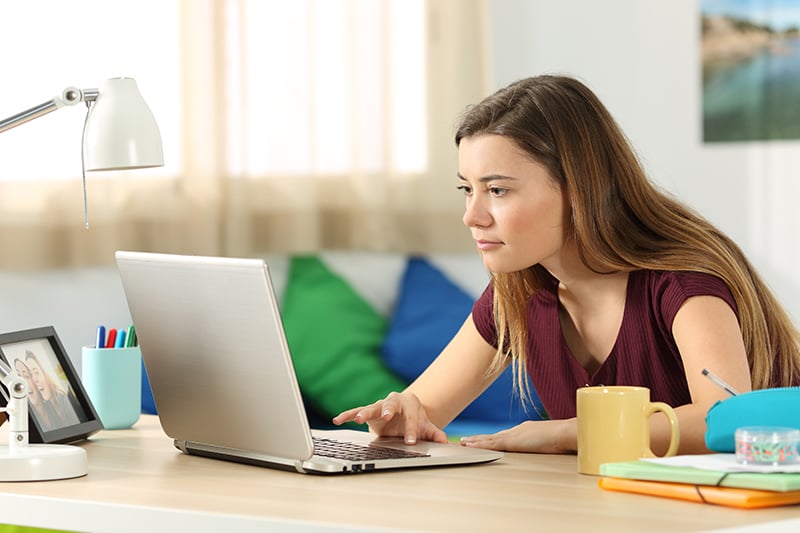
Remote learning vs attending traditional school
If you ensure that teachers at your school can continue to educate their students through the provision of a core suite of information technology products, particularly when these are integrated, you will provide a seamless digital experience where teachers can focus on their strengths, rather than feeling anxious about new systems or potential changes.
- Deploying a contemporary learning management system (LMS) such as Schoolbox, makes the transition from a traditional face-to-face setting to a distance learning situation easy. Schoolbox provides teachers with the ability to deliver learning materials, student activities, assessments, feedback and grading in the one, user-friendly place.
- Web conferencing software enables teachers to provide real-time sessions to students; teachers can schedule classes via a link or calendar invite and all can engage in audio and video conferencing using their own device and home internet connection. The best alternative to face-to-face teaching in challenging environments.
- Having an up-to-date student information system is vital. Ensure that all student and parent details are accurate (especially if parent work numbers have been provided to the school, and the parent is in fact working from home). This system is key to communicating with your student and parent body.
Transitioning from traditional education to remote learning
Whether the response is school-based, community-led or government-directed, there are several important steps which your school can follow to ensure business and curriculum delivery continuity, in the event a decision is made to close the doors.
- Communication is undoubtedly the key. Let your school community know what the government directions are, and inform them of your school’s immediate response, intentions going forward, and capabilities to deliver teaching and learning beyond the traditional learning environment.
- Prepare your students for distance learning. Have them practice how to operate the digital platforms you expect they will use from home.
- Stress test your systems and have a ‘mock’ learn from home day by asking students to login and use your nominated learning platforms at a set time.
Schoolbox and remote learning
Schoolbox has been built with some excellent features for anytime, anywhere learning. Below, you will find components that are of great assistance in times where schools may need to migrate to remote learning for extended periods of time. These components we recommend you get familiar with and teach your students how to use.
When transitioning from the traditional setting to remote learning, it is important to have user-friendly components, and try them out while still at school and where you can obtain just-in-time help from your IT staff.
Schoolbox for information
Course, unit, class, group and of course, information pages, all contain components which you can use to share information with your students and their parents.
If the information you are conveying is static, i.e. ‘set and forget’, use a textbox component. It has a textbox editor in which you can add text, lists, links, images and video.
Where the information is contained in documents, use the files component.
If the information you are sharing is dynamic, like assigned classwork for the day, use the news component. This information provides the targeted audience with notifications alerting them to the newly added content. News posts are also archived, so they can be revisited when required.
Schoolbox for learning
Any tasks or activities you set for students to undertake during closure, can be created through the course builder component in unit pages. These can be imported to class pages via the course outline component.
Much of the work you would normally undertake in the physical classroom can be assigned through tasks, quizzes and projects within the platform. Add these and due work to your course outline component, to keep the location of assessments consistent for your students.
Schoolbox for 3rd party educational tools
The capabilities of Schoolbox can be expanded for remote learning by embedding online learning tools including Education Perfect, ClickView, Quizlet, Vimeo and Zoom.
This means with a single sign on, you can utilise Schoolbox for video conferencing with your students, provide them with tutorial videos and so on.
Schoolbox for communication
Reach your school community through news posts and keep them informed of how to set notifications to suit their own preferences.
Remote Learning: Checklist for K-12 Schools
In summary, here is a brief to-do list when transitioning to remote learning:
- Document your school’s intended processes for responding to a closure – publish this on your school intranet and communication platform.
- Communicate with parents, staff and students often – via your school community communication tools like your news posts in your school portal software.
- Request updated information from parents, staff and students, and keep the student data up-to-date within the student information system.
- Prepare a virtual timetable – publish this on your calendar.
- Have your web-conferencing software ready – integrate this with your LMS.
- Fill your LMS with quality content, student activities, due dates and assessments.
- When providing information and advice to your school community, consult reliable and official sources of information such as the local council, Department of Education and World Health Organisation.
- Promote health and emotional wellbeing for your students by posting useful advice via your school communication channels.
Virtual learning environment
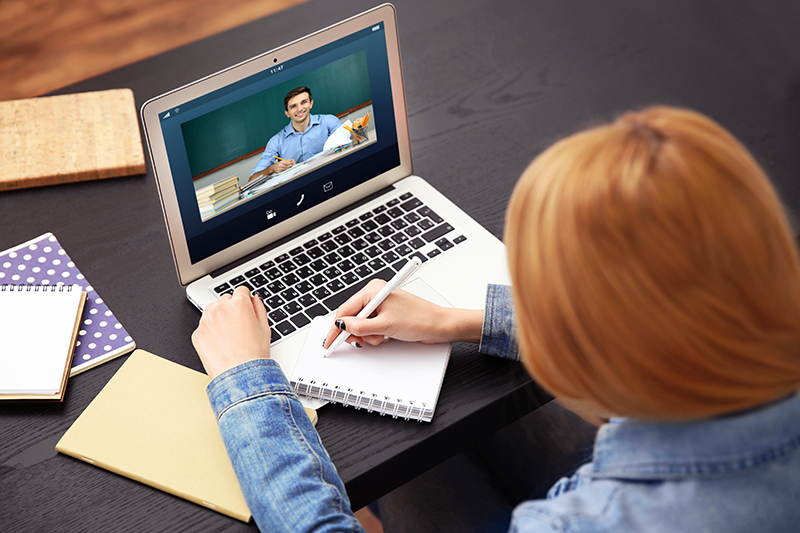
If you haven’t already done so, organise and rollout your key platforms now, so that your virtual learning environment is established and ready for the remote delivery of teaching and learning if your school is directed, or makes the decision to close.
Remember to keep things as simple and straightforward as possible. Integrate systems where you can and inform the school community about what platforms are used and for what purpose.
Remember too, the Schoolbox Help Forum is an invaluable place to seek support from Schoolbox staff and other professionals who work in the education sector.
To learn more about remote learning, visit our FAQs blog or register for our webinar: Remote Learning with Schoolbox.

